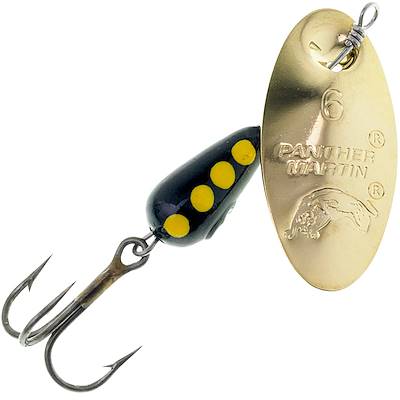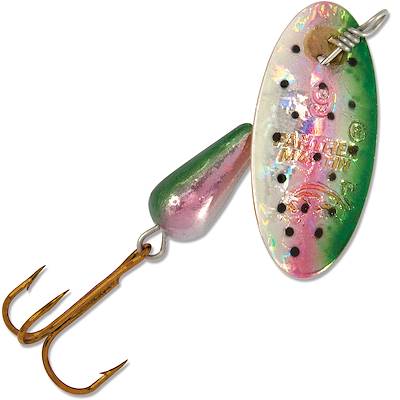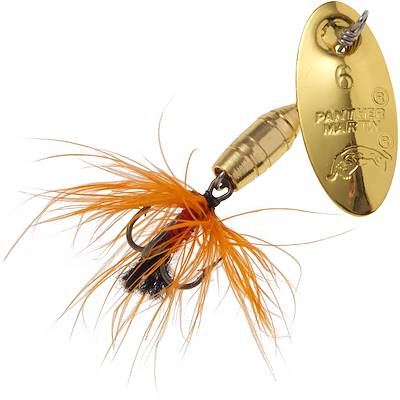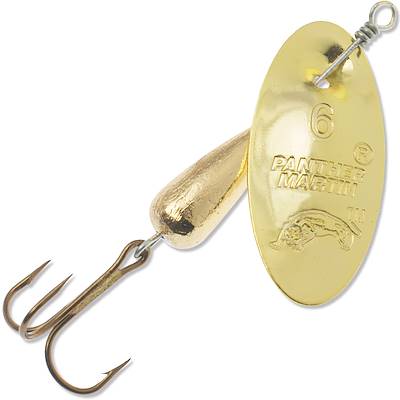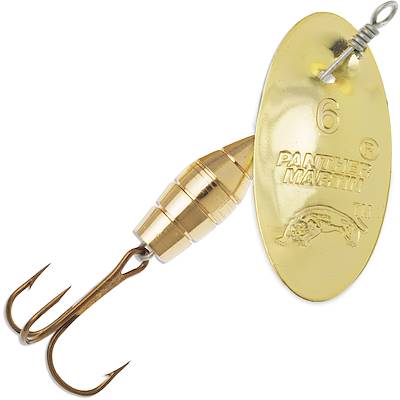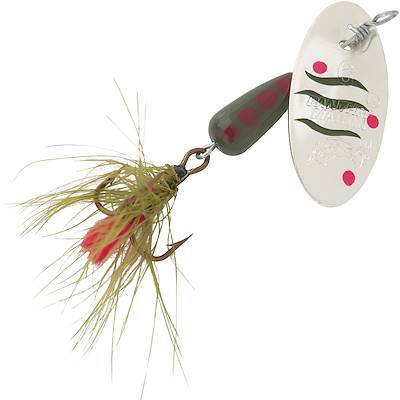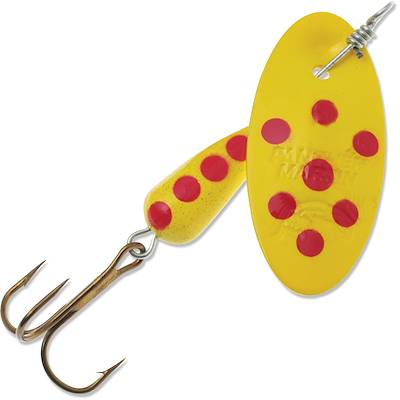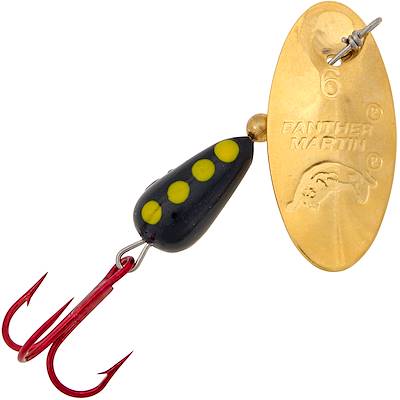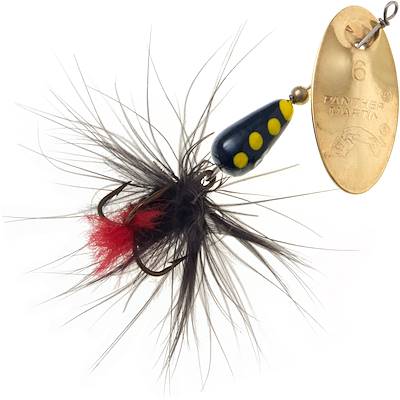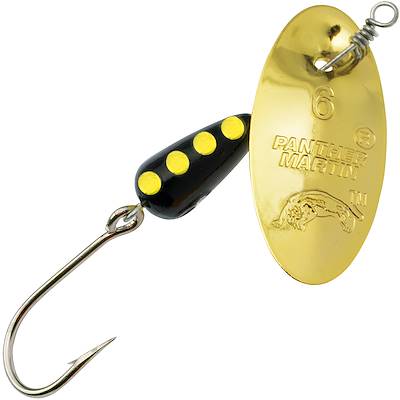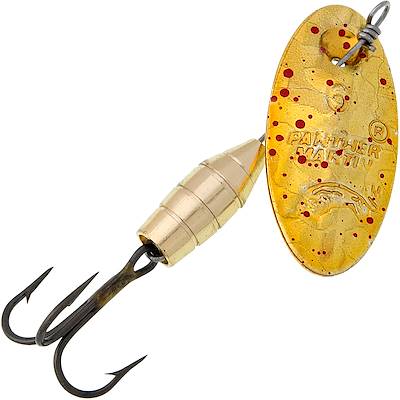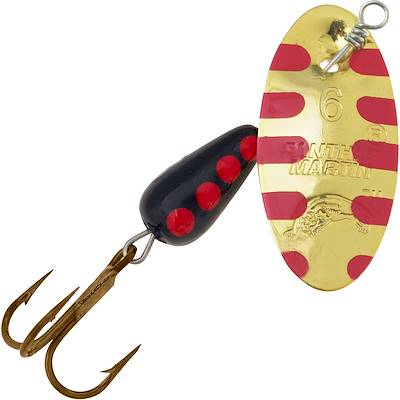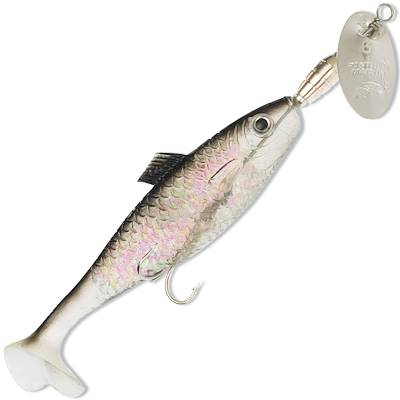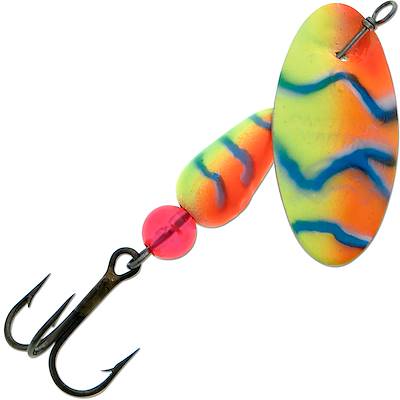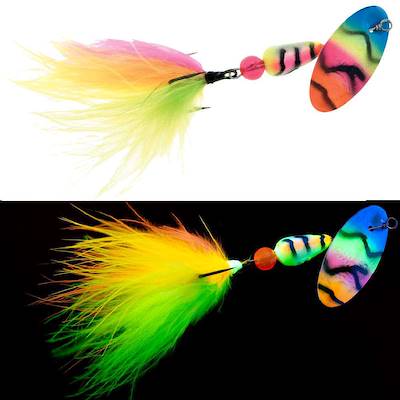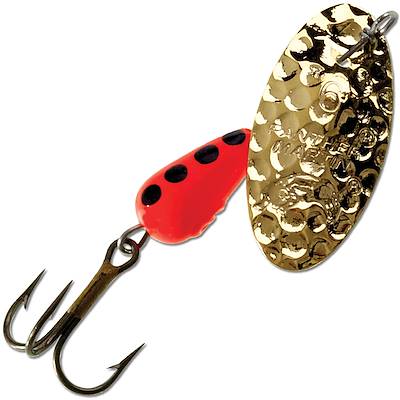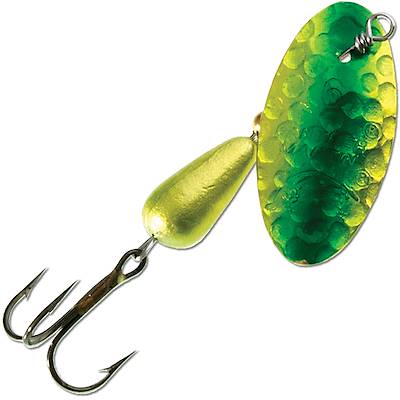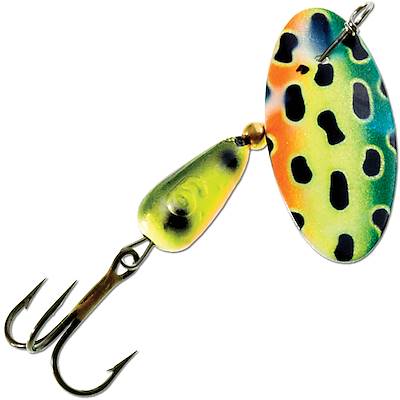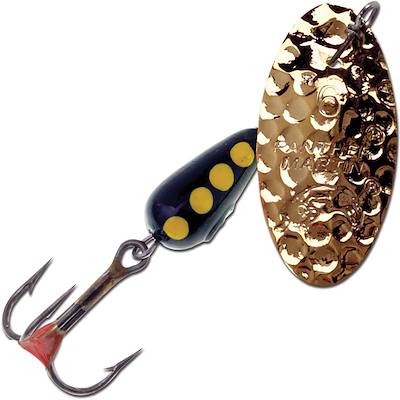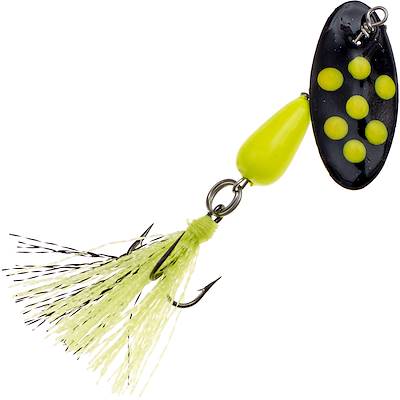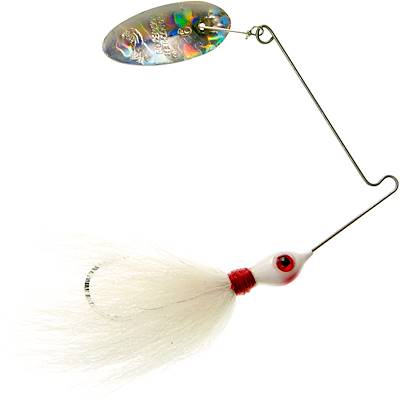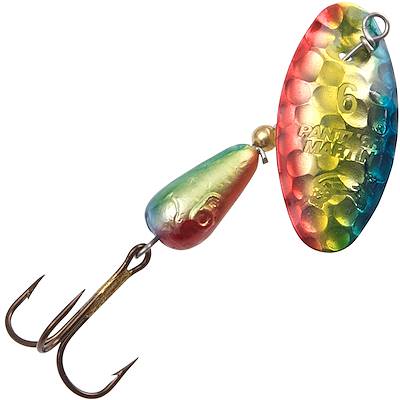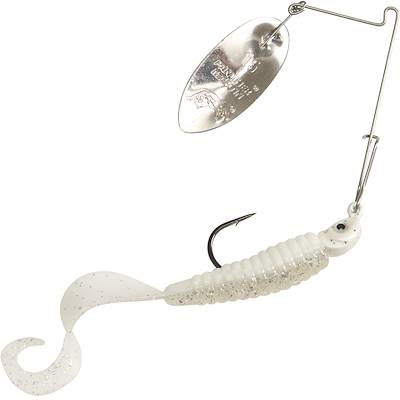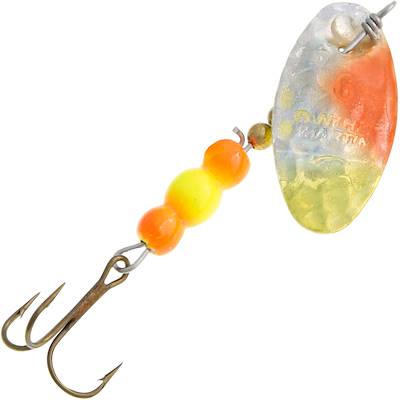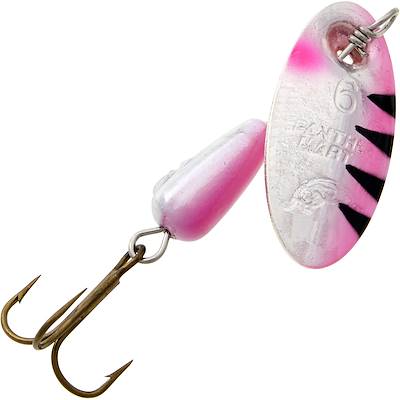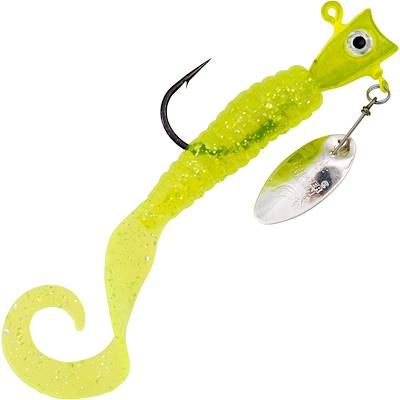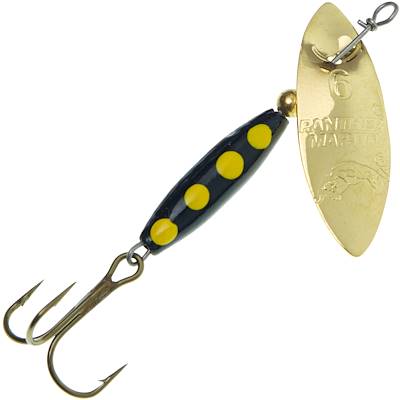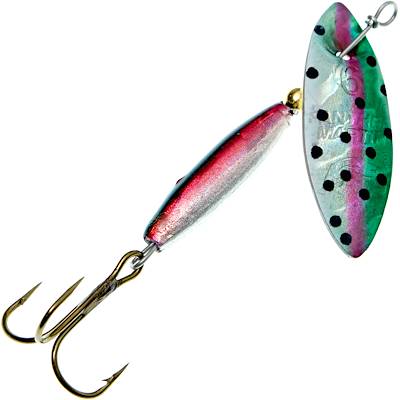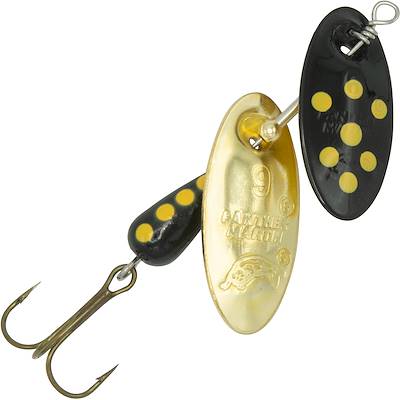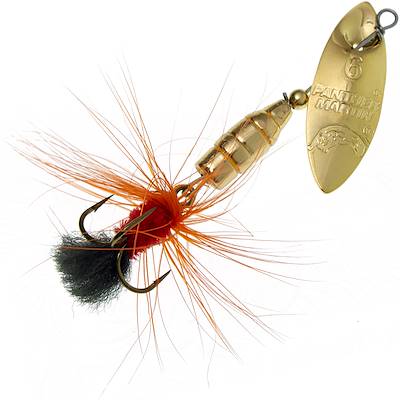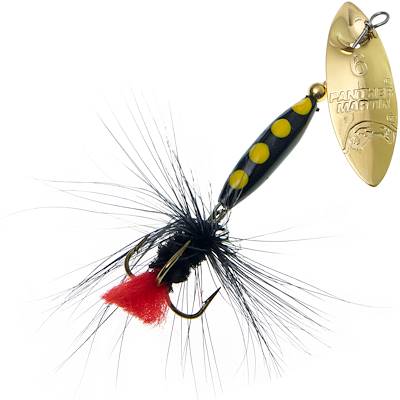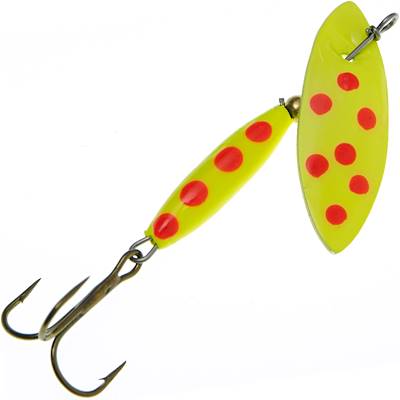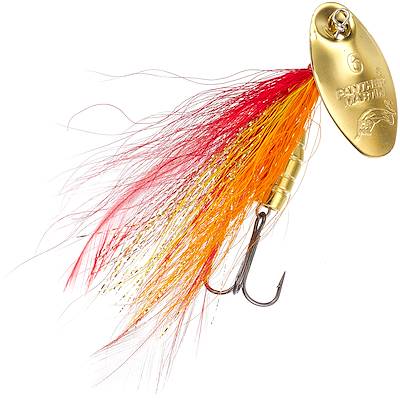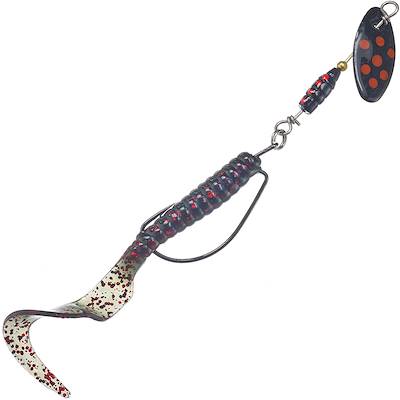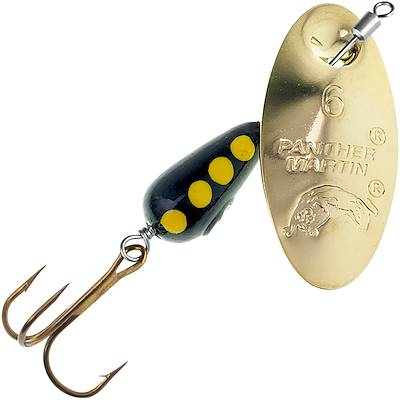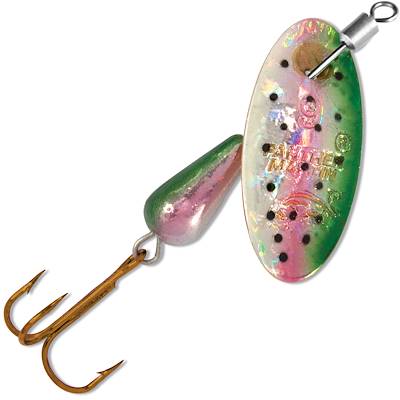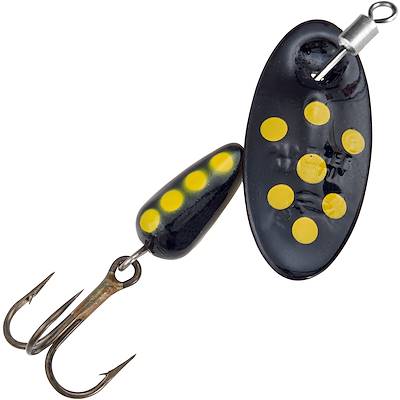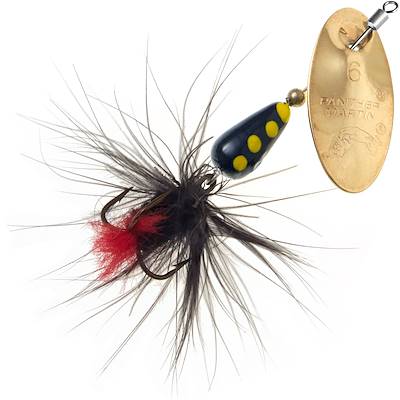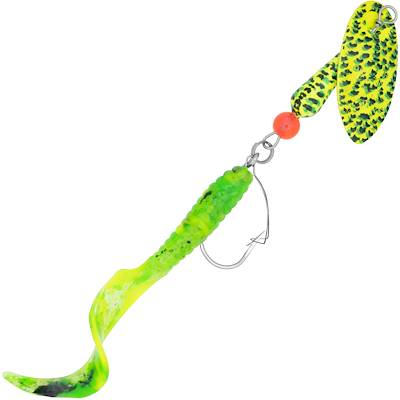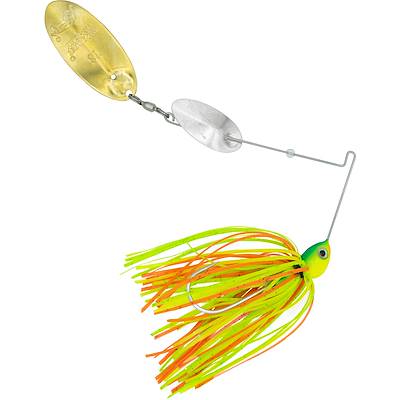Panther Martin Smallmouth Bass Fishing Guide
Smallmouth Bass
Introduction
Smallmouth bass have seen a significant rise in popularity amongst sport fishermen in recent years. Like their slightly more robust sunfish cousin, the largemouth bass, they are widespread and willing combatants with a range extending across the U.S. and Canada. While they seem quite similar to bigmouths at first glance, a closer inspection finds stark differences in appearance, as well as habitat requirements, water temperature preferences and feeding habits. Often called “smallies” or “bronzebacks,” these bass put up an excellent fight and will provide exciting aerial theatrics, especially when waters are cool in spring and fall.
The name “smallmouth” bass reflects the fact that the bronzebacks has a considerably smaller mouth than the largemouth bass, with the jaw failing to extend beyond the middle of the eye. An easier way to tell the two apart, however, is that the smallmouth sports a continuous dorsal fin while dorsal of a bucketmouth is clearly divided. Although coloration varies depending on water clarity and habitat, smallmouth bass tend to be more of a mottled greenish-bronze while largemouths maintain a more green profile. The smallmouth also has dark vertical bars whereas largemouth bass have a singular longitudinal stripe running the length of the body.
As a rule, smallmouth bass prefer deeper, cooler water than largemouths and are especially fond of clear, soft flowing streams and rivers with gravel or rubble bottoms. In lakes and ponds, smallies favor rocky areas, gravel bottoms, ledges and hard structure over weedbeds, stick-up and lily patches. Highly proficient predators, they’ll chow down on crayfish, minnows, aquatic insects and terrestrials. They are somewhat more selective than largemouths but still respond well to a variety of lures.
General Tips
- Smallmouths love hard structure. Look for them near rocky shoals, submerged boulders, gravel bottom, pronounced ledges, cement retaining walls, cliff edges, sharp drop-offs and significant pocket waters carved into hard-bottomed rivers or streams.
- Although they favor early morning and late evening feeding, smallmouths will bite throughout the day under heavy clouds or when holding in shaded holes and deep water.
- Like bigmouths, smallies often feed voraciously on a sharply dropping barometer and the bite can be especially sweet in the calm before a storm. Leave plenty of time to get off the water before foul weather arrives.
- The post spawn spring period can be one of the best times for catching smallmouth bass. Expect the bite to begin in earnest when water temperatures approach 65 degrees.
- In waters where smallmouth and largemouth bass coexist, expect to find the smallies in slightly deeper, less obstructed areas. This is especially true on large, open lakes and reservoirs.
- Most anglers release all the smallmouths they catch. Crush down the barbs on any lure to make releases easier and more successful.
- As a rule, sometimes broken, smallmouths prefer slow moving lures to a rapid retrieve. Adding a light twitch to retrieve will often spark strikes from following fish.
- Depending on the potential size of your catch, 4- to 8-pound test lines match up well to the smaller lures most anglers favor for tempting bronzebacks.
- To draw more reaction strikes, extend the index finger on your rod hand so that the line can “tic” it slightly with each turn of the handle. This causes the lure to twitch, a pattern predator species simply can’t resist. The method is especially productive with lightweight Panther Martin spinners.
- During periods of extreme heat or significant cold snaps, bronzebacks school tightly in deep water. When the shallow bite fails to materialize, work deeper in 5- to 10-foot increments. It is not unusual to find smallmouths in water up to 40 feet deep.
Catching Smallmouth Bass
- For aggressive smallies, it’s all about the flash. Choose shiny copper, gold, or silver Panther Martin Classic Regular spinners for working clear water, or use FishSeeUV Panther Martin patterns for fishing in turbid or cloudy water conditions.
- When bronzebacks are in a finicky mood, it’s often necessary to probe various depths. Rig one rod with a size 2 or size 4 Panther Martin spinner to work shallow and load another rod with a size 6 or nine to get deep.
- During the heat of summer, smallmouths holding in deep water can be tempted by tipping a Panther Martin Deluxe or Deluxe Dressed spinner with a mealworm, grub or small piece of night crawler. Allow the spinner to fall straight down to the bottom on a slack line and then reel it s-l-o-w-l-y to the surface. Many strikes occur just beneath the boat.
- The Bearded Banshee is a good choice for areas where largemouth and smallmouth bass are found together. Work it along ledges, rock walls or bulkheads, and across prominent points. Tip with a small grub, piece of night crawler or crayfish if a chunky bronzeback is your ultimate goal.
- Post spawn smallmouths relish bright white lures and often seem attracted by a slight flash of red. Address both traits with a Panther Martin Classic Regular Red Hook Spinner.
- During the early spring and late fall, smallmouths are suckers for a size 4, Panther Martin Deluxe Gold spinner worked slowly along the edges of rocky shoals and points. Bumping the lure off high-profile submerged rocks can trigger a vicious strike.
- When smallmouth bass are targeting minnows, opt for a size 0 or size 3 Vivif Style Spinner Minnow to entice bigger fish. Holographic Super Silver/Silver Blade is a popular pattern.
- Run a Sonic SizzleTail though pockets of deep water above and below river dams, across rocky flats and tight to large, partially submerged boulders where smallmouths like to hand tight in the shadows.
- A Panther Martin Holographic Fly spinner is a great match for productive lakes where invertebrates and insects make up a considerable slice of a smallmouth’s diet.
- Interest big smallies in deep water or strong currents with a Panther Martin TailWagger. These lures dig down and wiggle like crazy. Try silver blue holographic where shad are a primary food source and chartreuse holographic in murky waters.
- A large profile, brightly colored Panther Martin FishSeeUV Marabou pattern can really excite lunker smallmouth bass in unpressured waters.
- Add a soft-plastic grub or paddle-tailed swim bait to a Panther Martin Classic Single Hook Spinner for a large profile lure that is easily worked just beneath surface along the deep side edges of shallow flats.
- In morning fog or approaching dusk, a Holy Hammered Spinner in size 4 to 6 reflects plenty of light and changes color on the retrieve. Cast parallel to the shore in lakes and ponds. Quarter the current with your retrieve in rivers and streams.
- Classic color pairs turn the heads of bass during different seasons. Try your luck with Panther Martin spotted color combos including red/yellow for spring, yellow/black for summer, and black/fluorescent during the fall.
Smallmouth Bass Facts
- Smallmouth bass can excrete a chemical through their skin to mimic the scent of crayfish. This smell causes crayfish to crawl out of their rocky hiding spots to protect their territory. That’s when they are quickly gobbled by the waiting bronzeback.
- Smallmouth bass are the second largest species in the sunfish family. Largemouth bass are the largest of all sunfish.
- Smallmouth spawning occurs in the spring when water temperatures range from 58 to 70 F.
- During spawning season, male bronzebacks build circular nests that are about twice their body length in diameter. The nests may be found on sand, gravel, or rubble - usually with a boulder, rock, stump or hard bank nearby.
- The male smallmouth guards the nest, fanning the eggs to prevent silt build-up and insure sufficient dissolved oxygen levels. The female lays up to 21,100 eggs.
- Smallmouth bass are very sensitive to water pollution and a healthy population of bronzebacks is a good indicator of a healthy water quality.
- It is possible in the right environment for smallmouth bass to live nearly 20 years but their average lifespan in the wild is 5 to 7 years.
- Habitat plays a significant role in the color, weight, and shape of smallmouth bass. River smallmouths that live in fast-flowing dark water tend to be torpedo-shaped with dark brown backs. Lake smallmouths tend to be a lighter brown and have more of an oval shape.
Panther Martin Lures & Sizes for: Smallmouth Bass
These Panther Martin Lure Families and sizes are best suited for catching Smallmouth Bass











